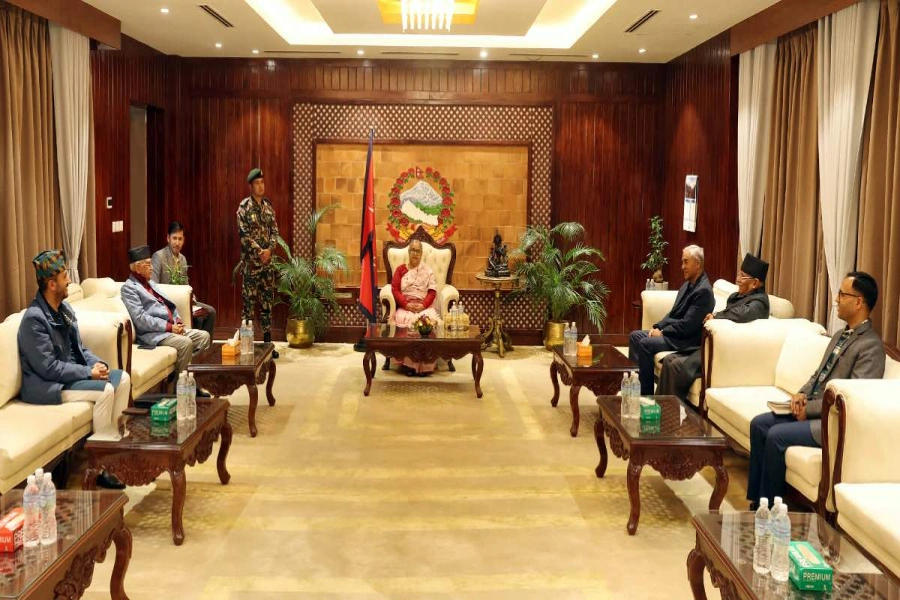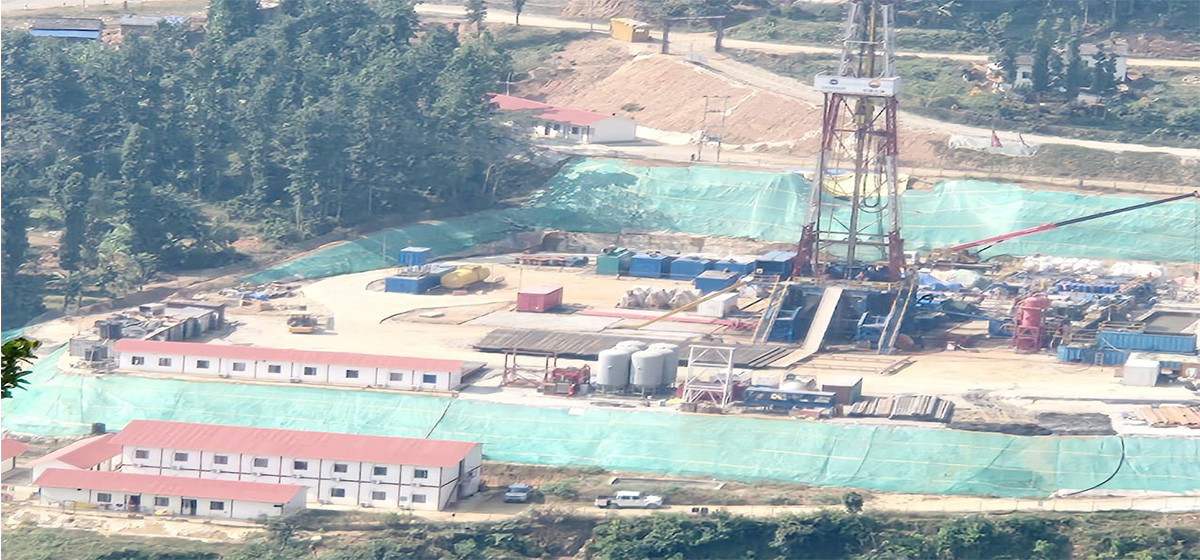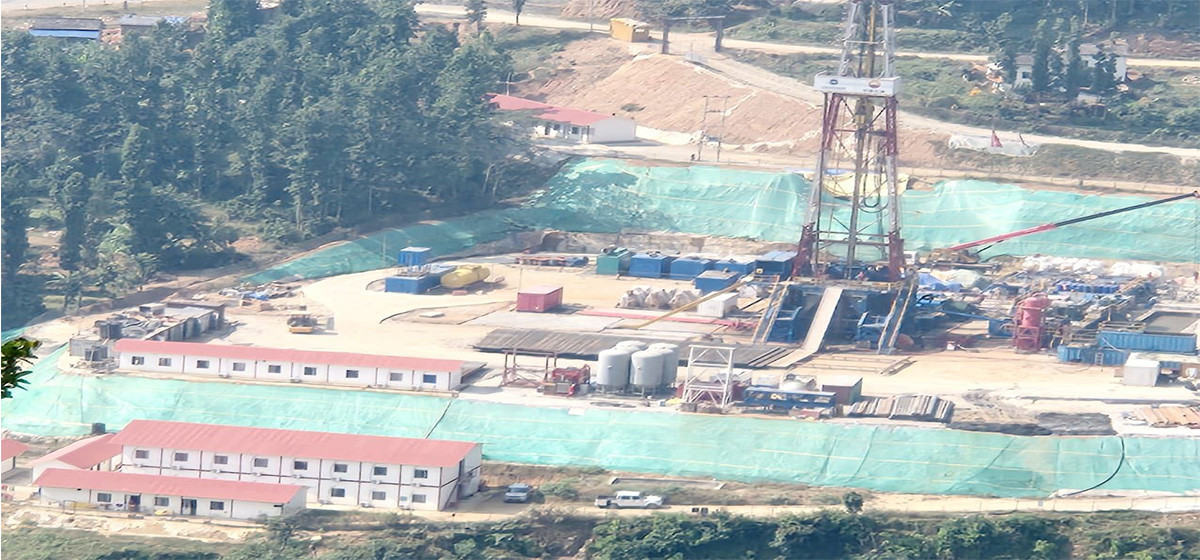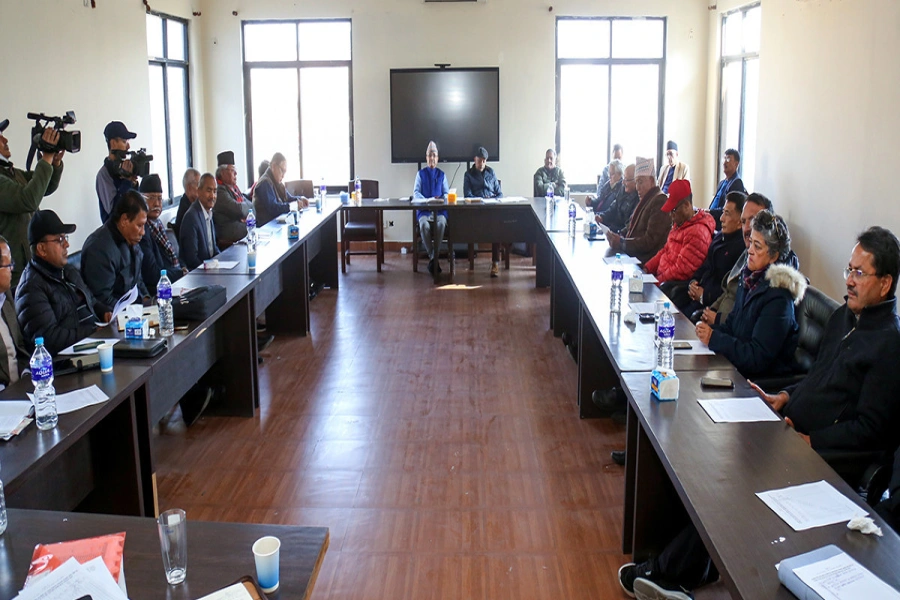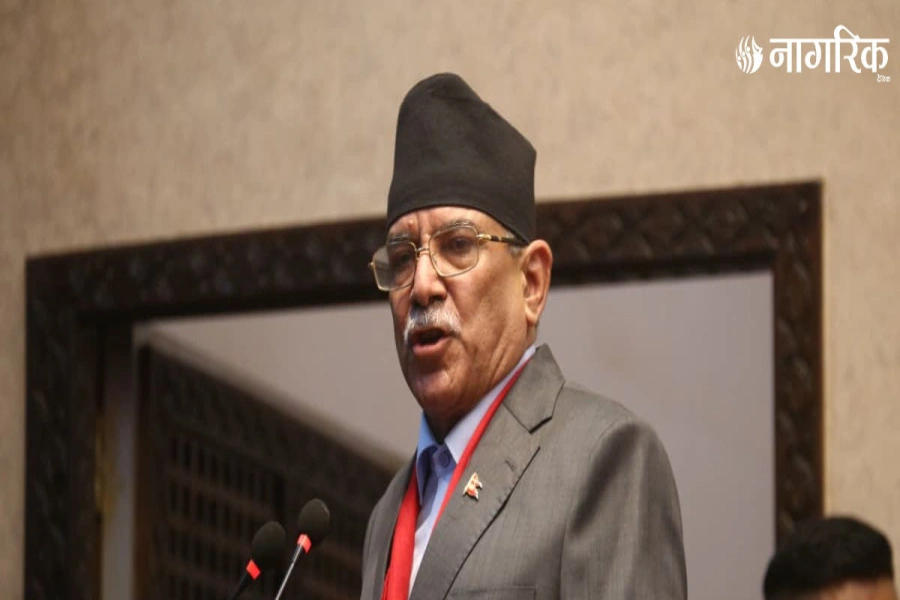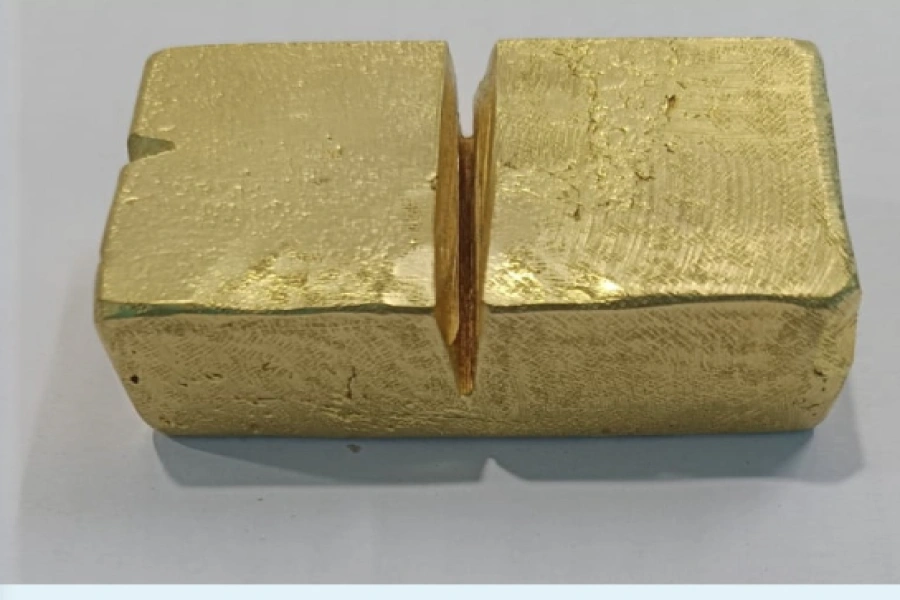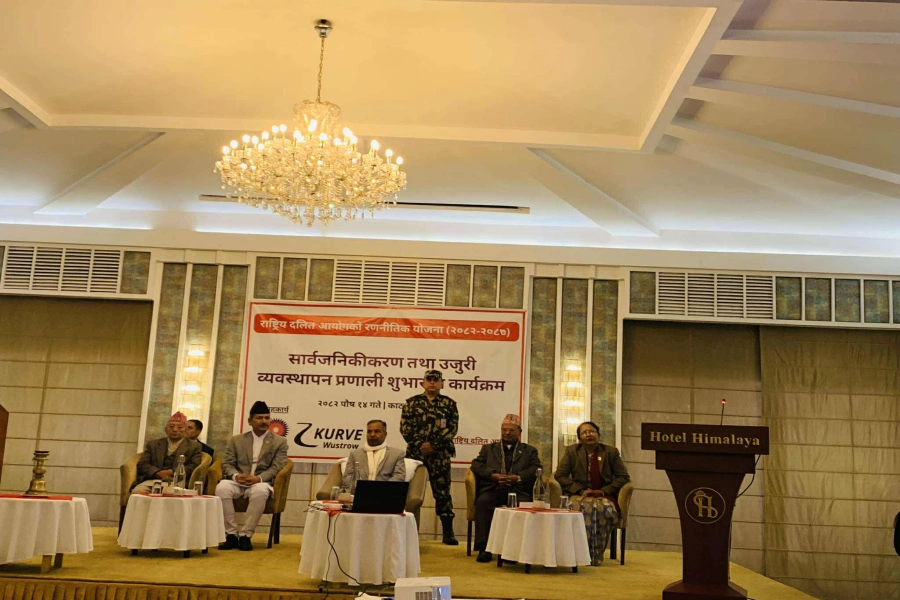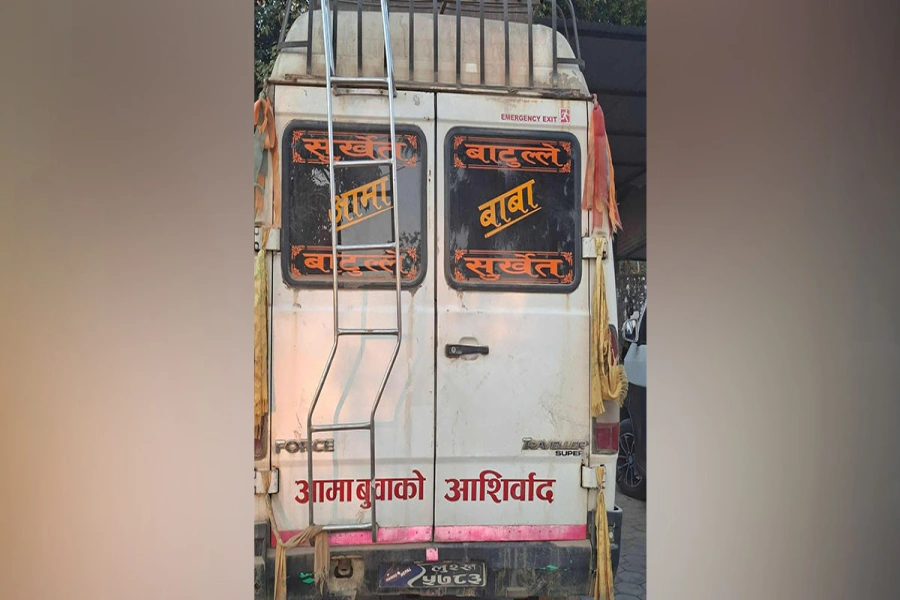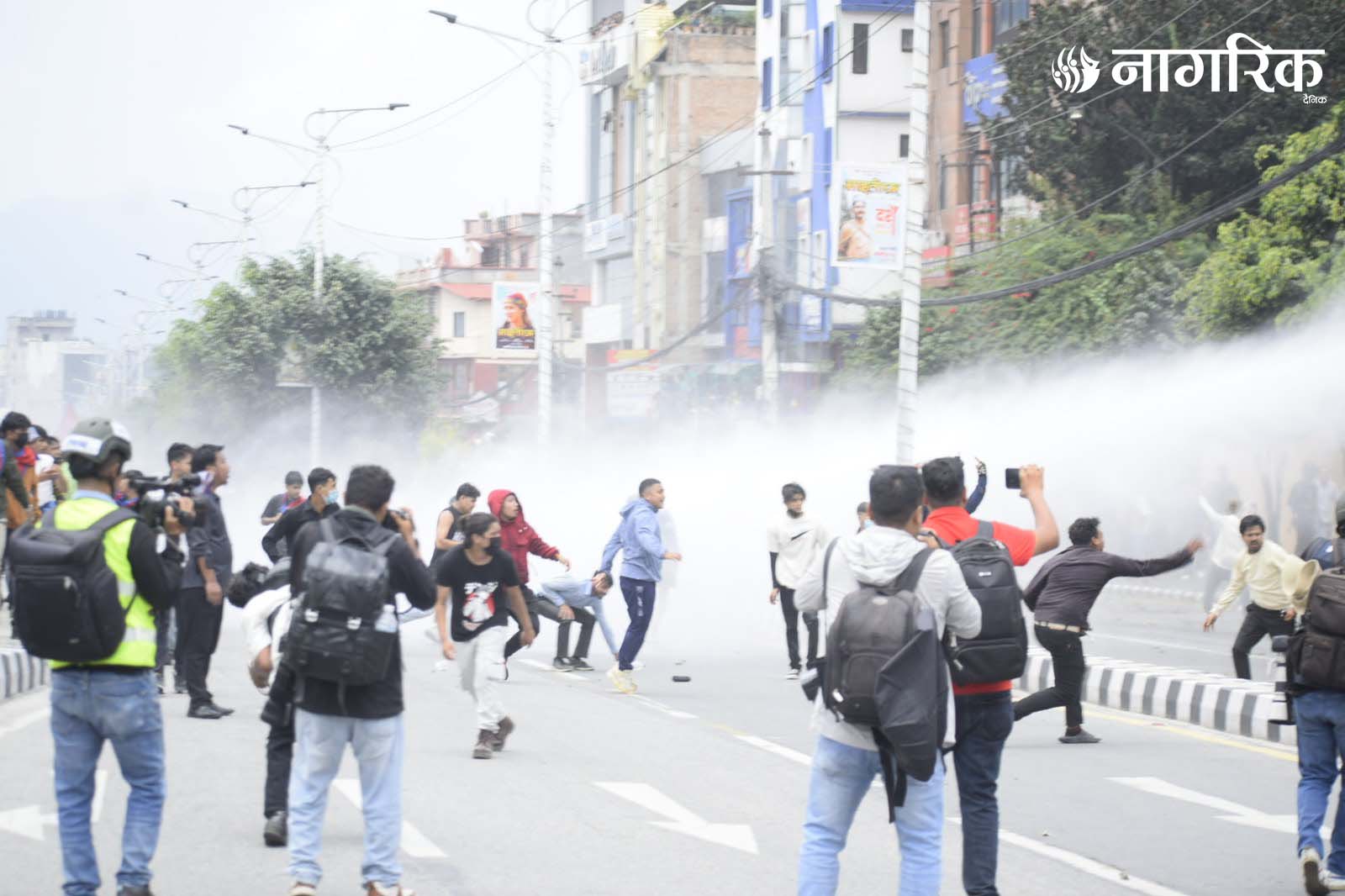The recent discovery of an estimated 112 billion cubic meters of natural gas in Jaljale region of Dailekh district has naturally ignited optimism in the Nepali populace who have woken up to a delirious state, dreaming of self-sufficiency in fuel consumption. Even the social media content creators from Nepal’s southern neighbor have started commenting on the discovery, often exaggerating the scale of impact that the discovery could have on the regional energy situation.
There is euphoria in the air. However, as rationality creeps in anew from the hangover of the widely-celebrated discovery, the main question that surfaces is how the new-found resource could change the energy dependency of the country on foreign imports. How can methane be used as an alternative fuel source for sectors including transportation and in homes as cooking fuel when the most fossil-fuel vehicles as well as cooking fuel in the country is based on petroleum products?
Petroleum imports amount to a major portion of Nepal’s commodity import. In the first 11 months of the current fiscal year alone, the country imported petroleum products worth Rs 294 billion—including petrol, diesel, liquefied petroleum gas (LPG), aviation fuel, and kerosene. In the previous two fiscal years, the country imported fuel worth Rs 337.34 billion and Rs 352.68 billion, respectively.
Troubling Transitions
Nepal is not ready to transition into methane-based fuel systems. The two major fuel types processed from methane, Liquified Natural Gas (LNG) and Compressed Natural Gas (CNG), are not used widely in the country. Except for the public three-wheelers that run on CNG, the general public is not accustomed to using methane-based fuels. Less than one percent of the vehicles plying on Nepali roads are bi-fuel based, i.e., they can operate on both petroleum products and methane products. The miniscule demand for methane-based fuels and the corresponding meagre supply has had a negative effect on the popularity of such fuels.
The natural gas industry in the neighbor in the south took shape in the 1960s when methane was discovered in the states of Assam and Maharashtra. After the ensuing sixty-five years, India still imports more than 80 percent of its fuel needs.
However, with positive policy interventions from the government, CNG is widely used in the country as an automotive fuel. Around 15-16 percent of the transport in the country is forecasted to be powered by CNG by the end of 2025 up from 5.6 percent in 2016. This growth is attributed to factors like the expansion of CNG infrastructure, cost-effectiveness of CNG compared to other fuels, and a wider range of CNG-powered models available.
Methane gas excavation to begin on May

In addition, India is actively expanding its CNG dispensing stations. From around 7,000 stations currently, the number is expected to reach 17,500 by the end of 2030.
Comparing the expansion of the CNG usage over the past few decades to the energy future Nepal is looking forward to following the discovery of methane in Dailekh, Nepal still has a long tumultuous journey ahead.
For starters, the final report of the natural gas exploration in Dailekh is still awaited. The Department of Mines and Geology has expected the final report to be ready by the end of 2025. China Geological Survey, the Chinese authority which has been spearheading the efforts in Dailekh through a government-to-government (G2G) model, has expressed interest in exploration of natural gas in Dang, Palpa and Sunsari.
Even after the final reports from all these surveys, the government would first need to decide the nature of investment into the extraction and the model to extract the natural gas and study the feasibility of the various forms that the gas can be converted into. It is yet to be decided whether the government itself will step up in the gas extraction and conversion, form some type of Public-Private partnership, or simply hand over the extraction work to a private entity.
Even after the investment model for extraction is settled, Nepal has a long eke trail to conquer in order to transition into a CNG-based fuel dependency. A significant number of CNG dispensing stations need to be constructed across the nation to promote the fuel. The government would also have to come up with incentives to promote the usage of CNG-based vehicles and subsidize the use of the CNG and LNG.
Environmental Enthusiasm
Despite the seemingly troublesome transition on the cards for Nepal’s energy future, CNG as an alternative to petroleum offers several environmental advantages, primarily through reduced greenhouse gas emissions compared to traditional petroleum-based fuels. In contrast to popular fuels such as gasoline and diesel, CNG combustion produces significantly fewer harmful pollutants, including carbon dioxide (CO2), carbon monoxide, hydrocarbons, and nitrogen oxides, which contribute to air pollution and respiratory problems.
Reduced emission, in itself, helps in offsetting the impact of climate change, albeit the insignificance in quantity. Lower emission of CO2 from CNG combustion produces less carbon dioxide (CO2), a major greenhouse gas, compared to gasoline and diesel. This can help slow down the rate of global warming and climate change.
CNG vehicles emit other harmful air pollutants significantly fewer too. Emissions such as nitrogen oxides (NOx), and particulate matter (PM), compared to gasoline and diesel vehicles. This leads to improved air quality, particularly in urban areas, and can reduce the incidence of respiratory illnesses.
CNG burns more completely than gasoline or diesel, resulting in fewer unburnt hydrocarbons and other pollutants. This cleaner combustion process also contributes to reduced emissions and improved air quality. In addition, CNG vehicles tend to be quieter than their gasoline and diesel counterparts, contributing to a reduction in overall noise pollution.
International Perspective
When a state discovers rare resources, it draws the attention of its neighboring states. Flipping through the annals of world history, one can find a plethora of incidents when an immediate neighbor or a global hegemon attacked a state after it discovered the presence of some resources in the other state.
The British and Belgian colonial powers dashed to invade African states to exploit their natural resources. Great Britain invaded South Africa in the late nineteenth century (Anglo-Boer wars) to exploit their recently-discovered deposits of gold and diamond. King Leopold II of Belgium violently exploited Congo for rubber. In a more recent case, Iraq attempted to invade Kuwait in 1990, furnishing claims to the Kuwaiti oil reserves.
Nepal’s gas reserve is not a significantly large one. Both India and China have larger deposits of methane gas. As compared to Nepal’s meagre 112 billion cubic meters estimated methane reserve speculated, India’s natural gas reserve was reported at 1339.57 billion cubic meters in 2018. China's National Energy Administration estimated China’s coal bed methane reserves at 36.8 trillion cubic meters, making them the third-largest methane reserve in the world after Russia and Canada.
Despite the narratives popularized on social media platforms, it seems neither Nepal’s immediate neighbor nor a global hegemon has any interest in exploiting Nepal’s natural gas reserve.
Last Words
There is no doubt that prospect of natural gas extraction in Nepal is exciting, but the road ahead for consumption is an extensive travail. The government needs to step up its efforts to incentivize the transition into natural gas usage from petroleum, be it through subsidies on the import of CNG-powered automotive or through expansive construction of infrastructures. The positive environmental effects of natural gas consumption is a welcoming factor to the anticipated self-sufficient energy future. And finally, there is no reason to worry if Nepal’s immediate neighbors or any global hegemon has ill-intention regarding natural gas extraction as they have plenty of reserves of their own.







